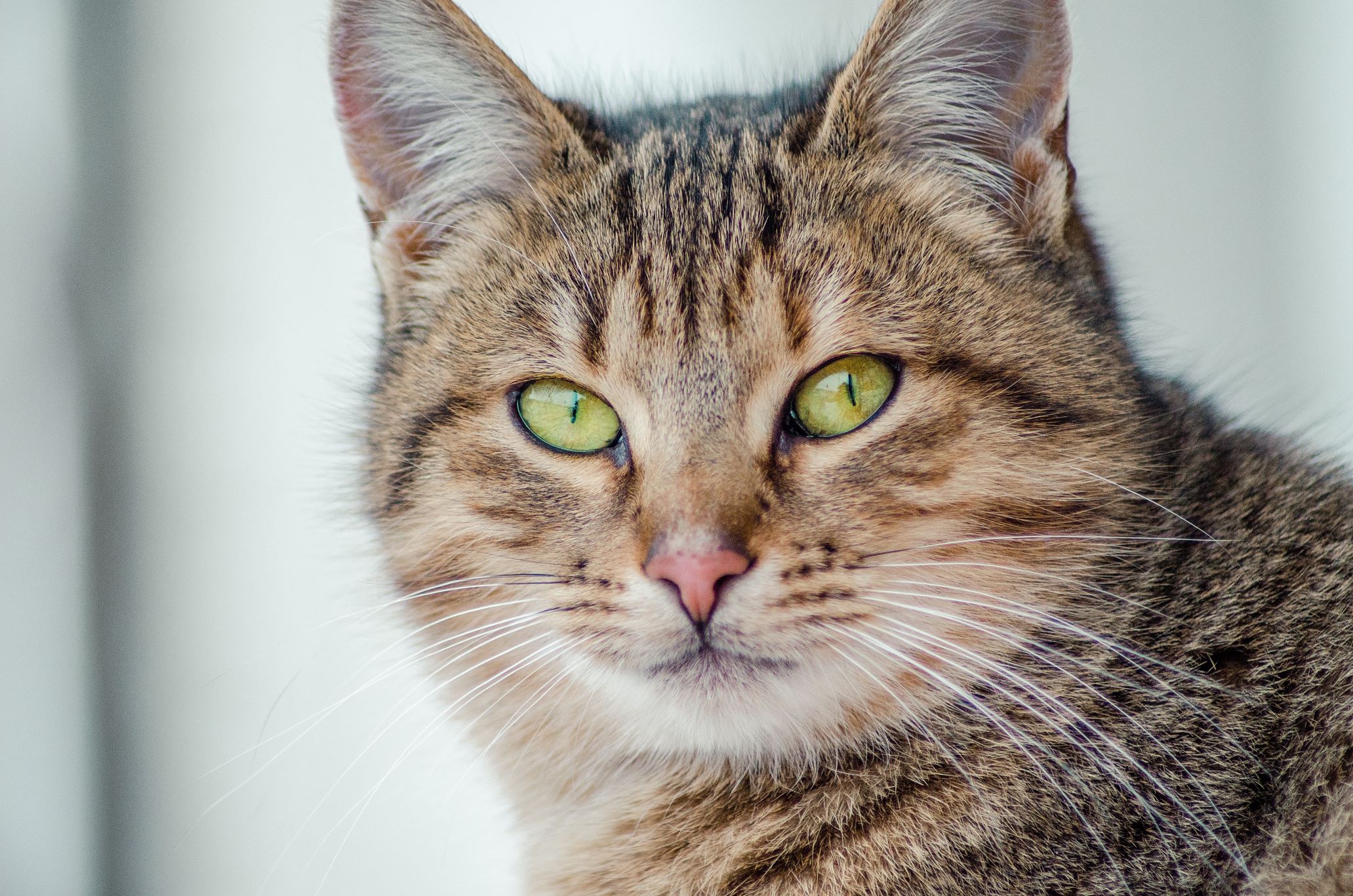The Problem with Dry Eyes in Cats
Dry eye syndrome, also known as keratoconjunctivitis sicca, is a medical condition caused by a lack of tear production, resulting in inflammation of the outer layer of the eye.

Dry eye syndrome in cats can be an uncomfortable condition that increases your pet’s risk of developing further eye problems. While it’s rare for cats to have persistent dry eyes, those that do may suffer from a condition known as keratoconjunctivitis sicca (KCS).
In cats, KCS is most commonly associated with a feline herpesvirus infection but can also have other causes, such as bacterial infections, viral infections, immune diseases, radiation, central nervous system disorders, anesthesia, or certain medications.
Learn more about dry eyes in cats, what symptoms to expect with this condition, and how KCS is diagnosed and treated in cats.
What Is Keratoconjunctivitis Sicca (KCS)?
Keratoconjunctivitis sicca is a condition that occurs in the cornea due to poor tear production. The cornea is located in the front of the eye and is the transparent membrane that covers the pupil and iris. Although the cornea does not contain blood vessels, it still requires a supply of food and oxygen which is generally provided through the tear film.
There are three main layers of the tear film. The outermost layer is an oily layer supplied by eyelid glands to help prevent evaporation. The middle tear film layer is a watery layer that is produced by the lacrimal gland. Finally, the innermost mucous layer of the tear film directly contacts the cornea and is produced by glands located within the conjunctiva.
Dry eye syndrome is caused by a lack of tear production in the watery layer of the tear film, resulting in dryness of the cornea.
What are the Symptoms of Dry Eye Syndrome in Cats?
Cats with dry eye syndrome may experience a range of uncomfortable symptoms that require prompt diagnosis and treatment to alleviate the pet’s suffering. In addition to physical symptoms, your cat may also start exhibiting behavioral issues due to pain or discomfort.
Some of the most common symptoms of dry eyes in cats include:
- Excessive blinking
- Eye mucus
- Corneal ulcers
- Impaired vision or blindness
- Protruding eyelids
- Swollen blood vessels
- Squinting
- Behavioral issues like irritability or depression
How Is Dry Eye Syndrome Diagnosed in Cats?
Properly diagnosing dry eye syndrome in cats requires the experience and expertise of a veterinarian. Your vet may start with a standard ophthalmic exam, which typically consists of a series of tests used to obtain information about your cat’s eye health and vision.
Next, your vet may perform a Schirmer’s tear test, which involves placing paper strips on the cat’s eyes to determine the level of dryness or amount of tear production. A fluorescein eye stain may also be used to detect potential damage to the eye. This test involves putting orange dye into the cat’s eyes and looking closely at the cornea with a blue light.
Finally, your vet may suggest taking an aqueous fluid sample, a collection of the watery fluid that is produced by the aqueous humor. The aqueous humor is responsible for carrying the proteins that the eye needs to keep it moist. The aqueous humor can sometimes become inflamed due to harmful bacteria.
What Are Treatments for Dry Eye Syndrome in Cats?
Treatment for dry eye syndrome in cats is dependent on the underlying cause of the condition. In milder cases, your vet may recommend an eye lubricant to help hydrate your pet’s eyes. Eye lubricants can be found in both ointments and liquid drops. Antibiotic eye ointment is also available to treat bacterial infections.
Inflammation is common with eye conditions like KCS. To help reduce inflammation and swelling that may develop on or around the eyes, your vet may prescribe a topical corticosteroid.
In more serious cases of dry eye syndrome, a cat may require surgery. Parotid duct transposition is a surgical treatment in which the aqueous ducts are rerouted. The primary goal of this procedure is to allow saliva to replace normal tears. However, this procedure can sometimes be problematic as saliva can sometimes irritate a cat’s eyes.
The majority of cats will recover from dry eye syndrome within 90 days. There are a few ways that pet owners can help expedite their pet’s recovery, such as by cleansing the eye prior to administering medication. Continue to apply all antibiotics prescribed by your vet even after your cat’s eyes look better. This will increase the odds of a full recovery. It is also important to return to your vet for all recommended follow-up visits.
How Are Dry Eyes and Other Eye Problems in Cats Prevented?
While it is not always possible to prevent dry eye syndrome in cats, there are many things that pet owners can do to provide better care for their pet’s eyes. Some breeds of cats require regular cleaning around the eyes to prevent bacteria buildup, particularly flat-face breeds like Persians. Use a cotton ball dampened with water to carefully clean around the eyes.
If your cat develops symptoms of eye inflammation or infection, bring him in for a vet visit as soon as possible. The earlier that an eye condition is diagnosed and treated, the better your pet’s odds of a full recovery.
Ready to start saving money on pet wellness care?
Then take a look at Mint Wellness, the pet wellness plan that provides fast reimbursement on routine pet care. Save on vaccinations, wellness exams, preventatives, dental, and more!
Learn More


